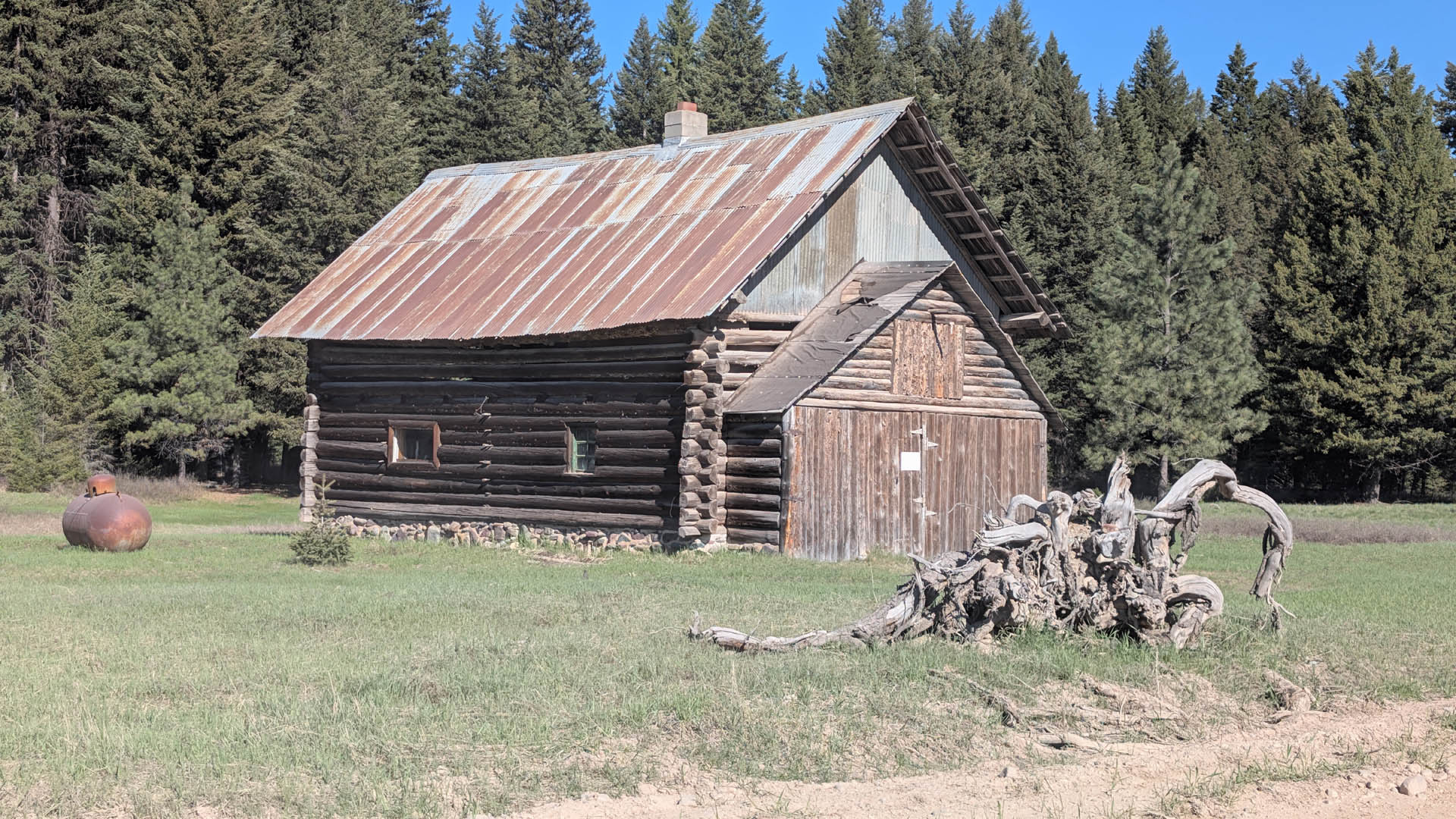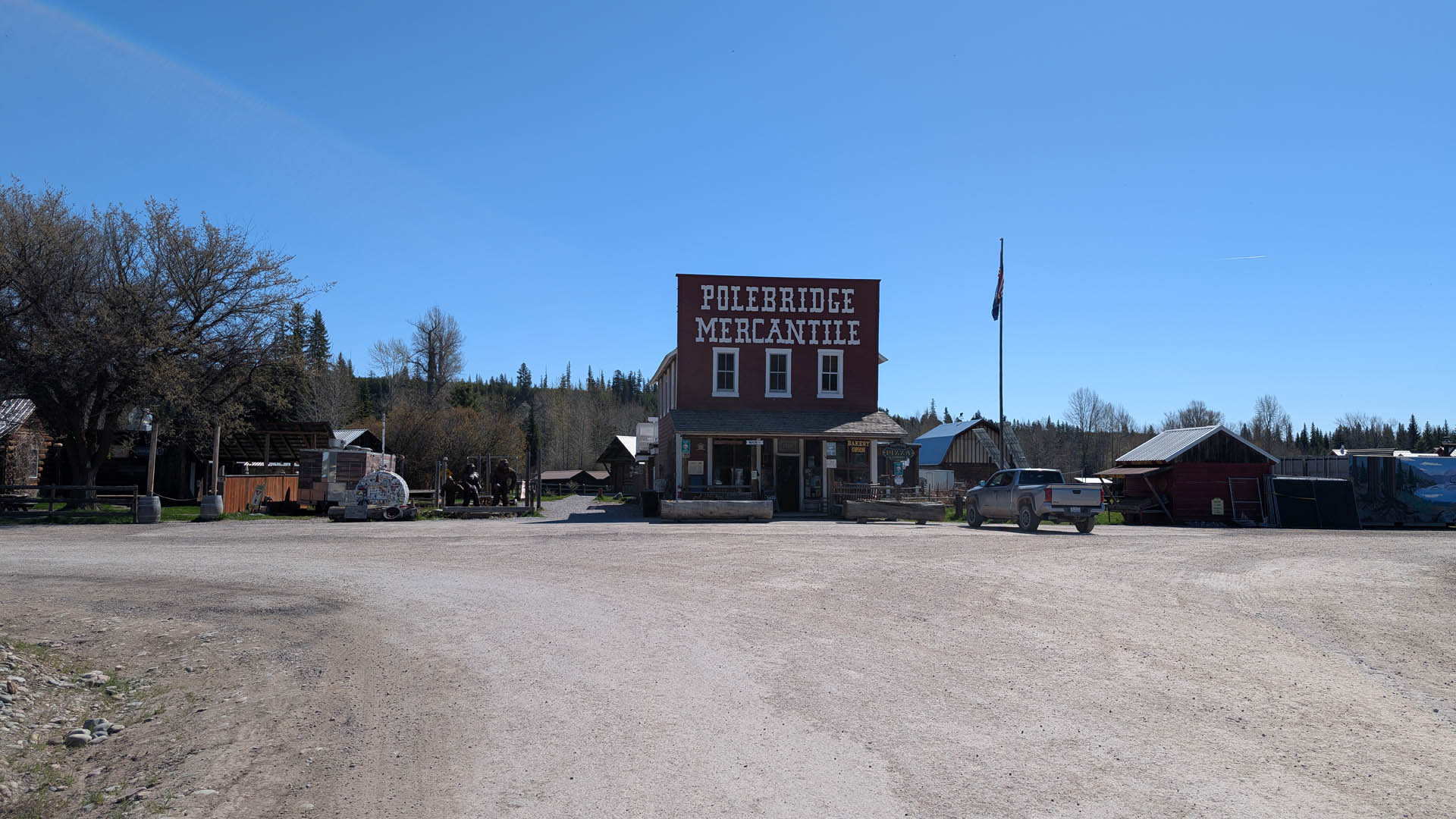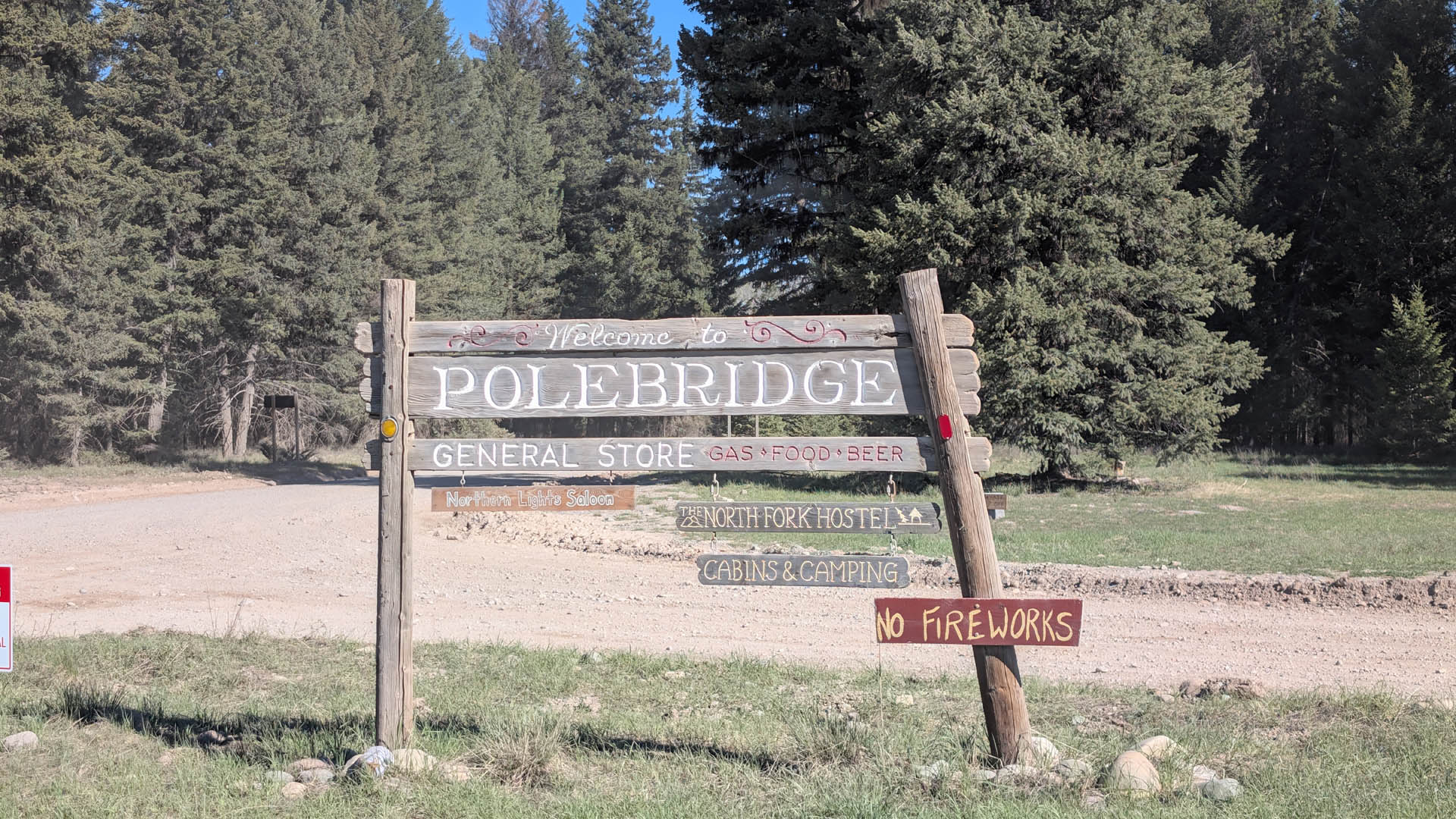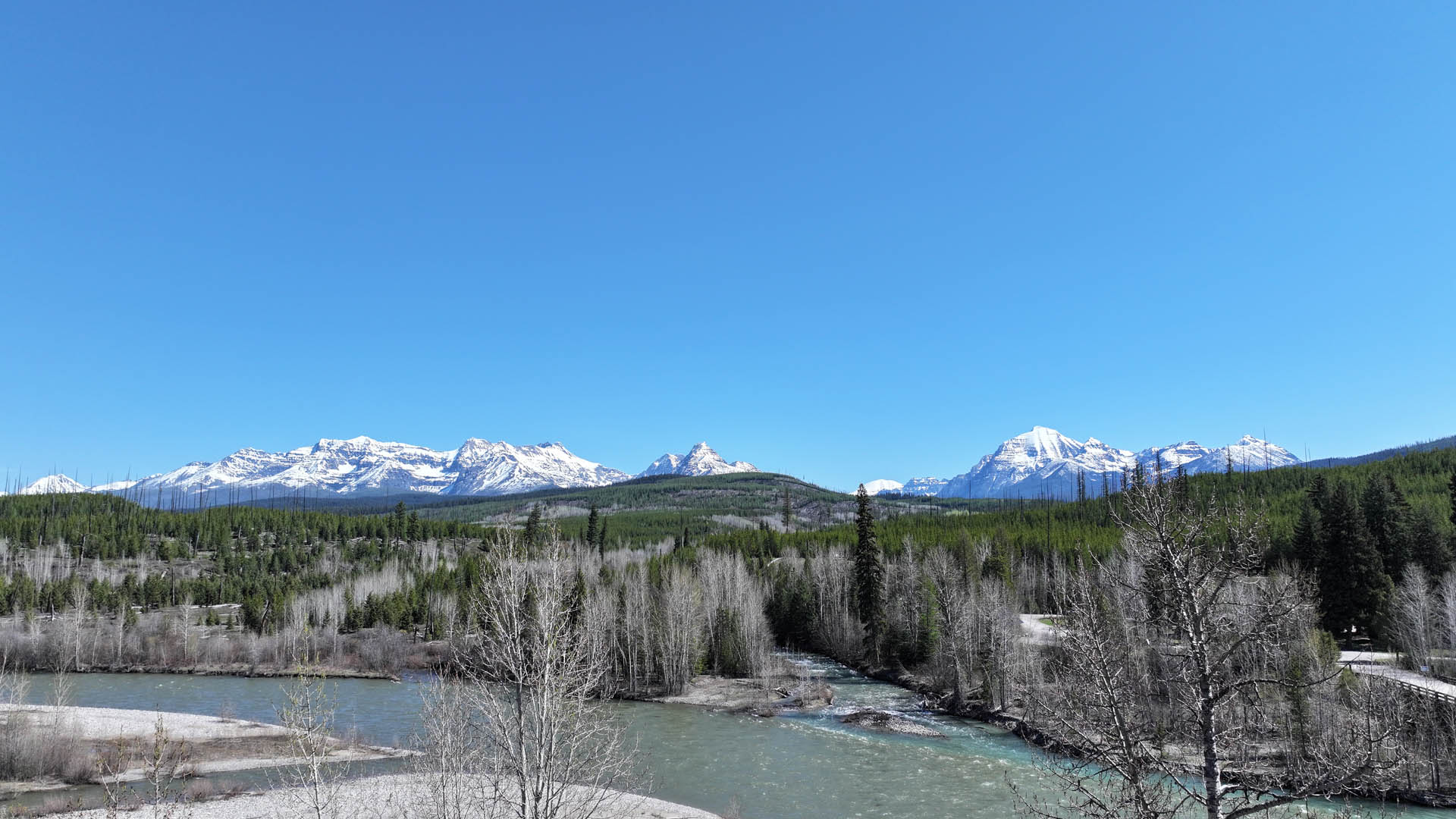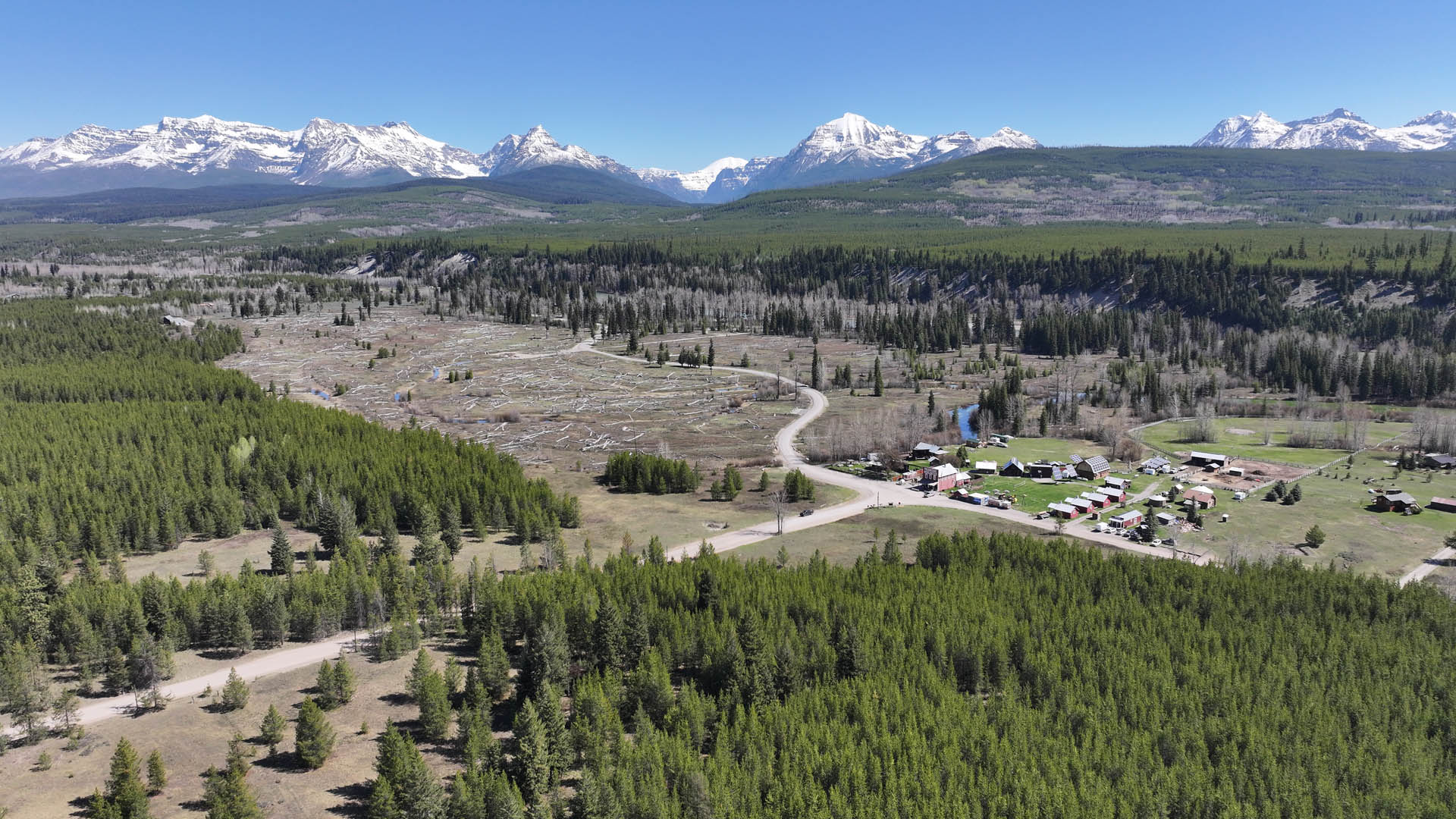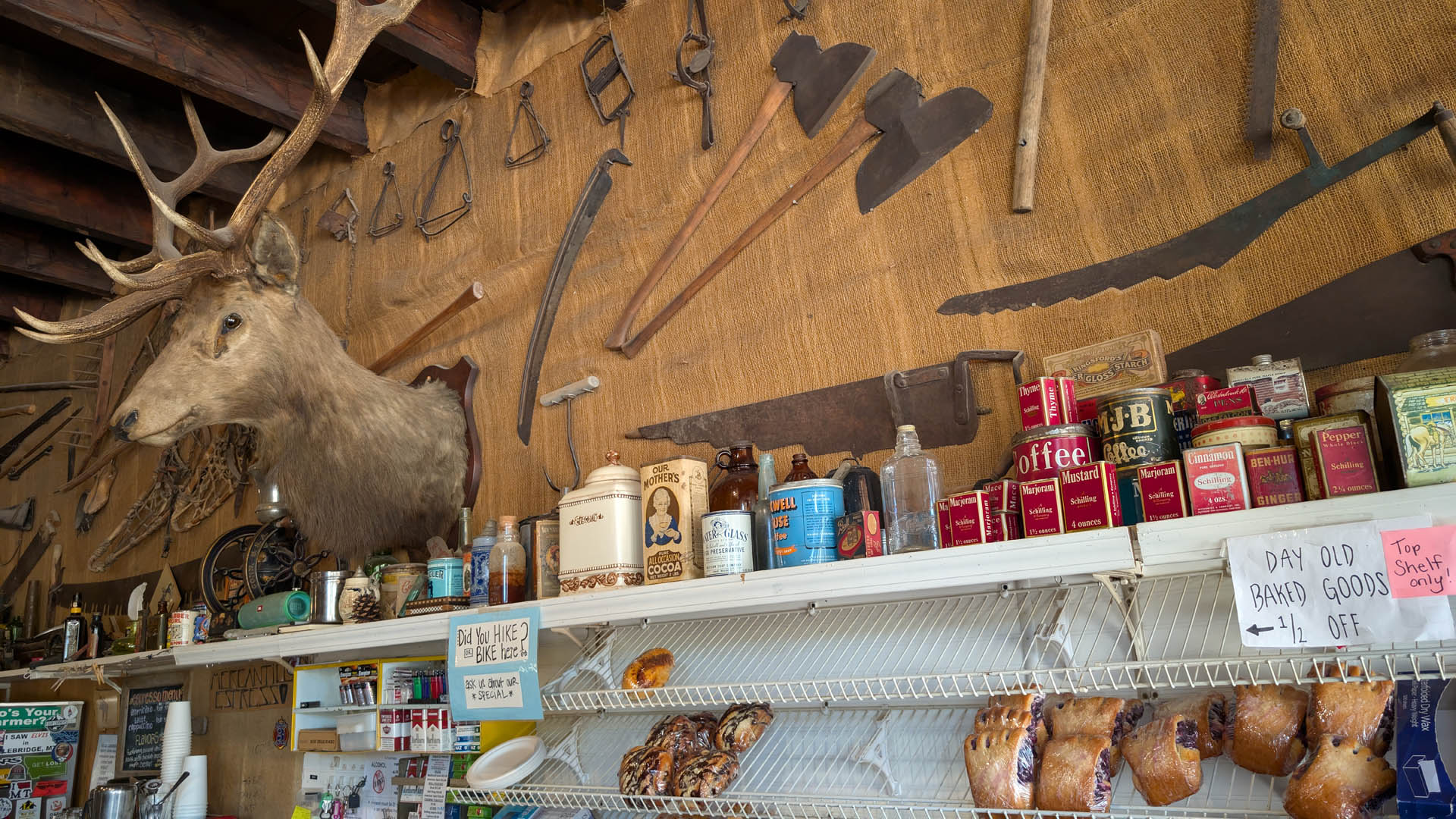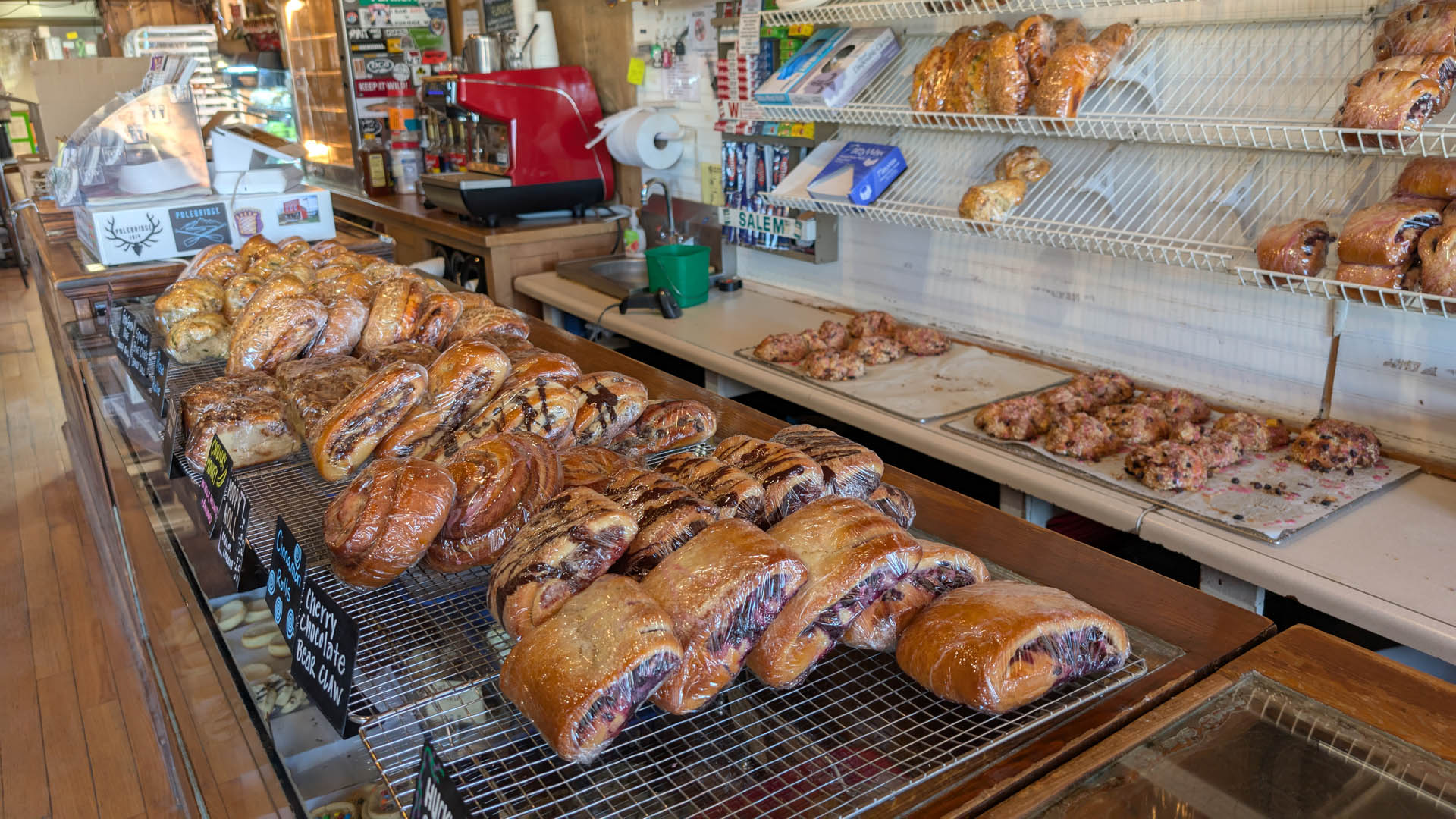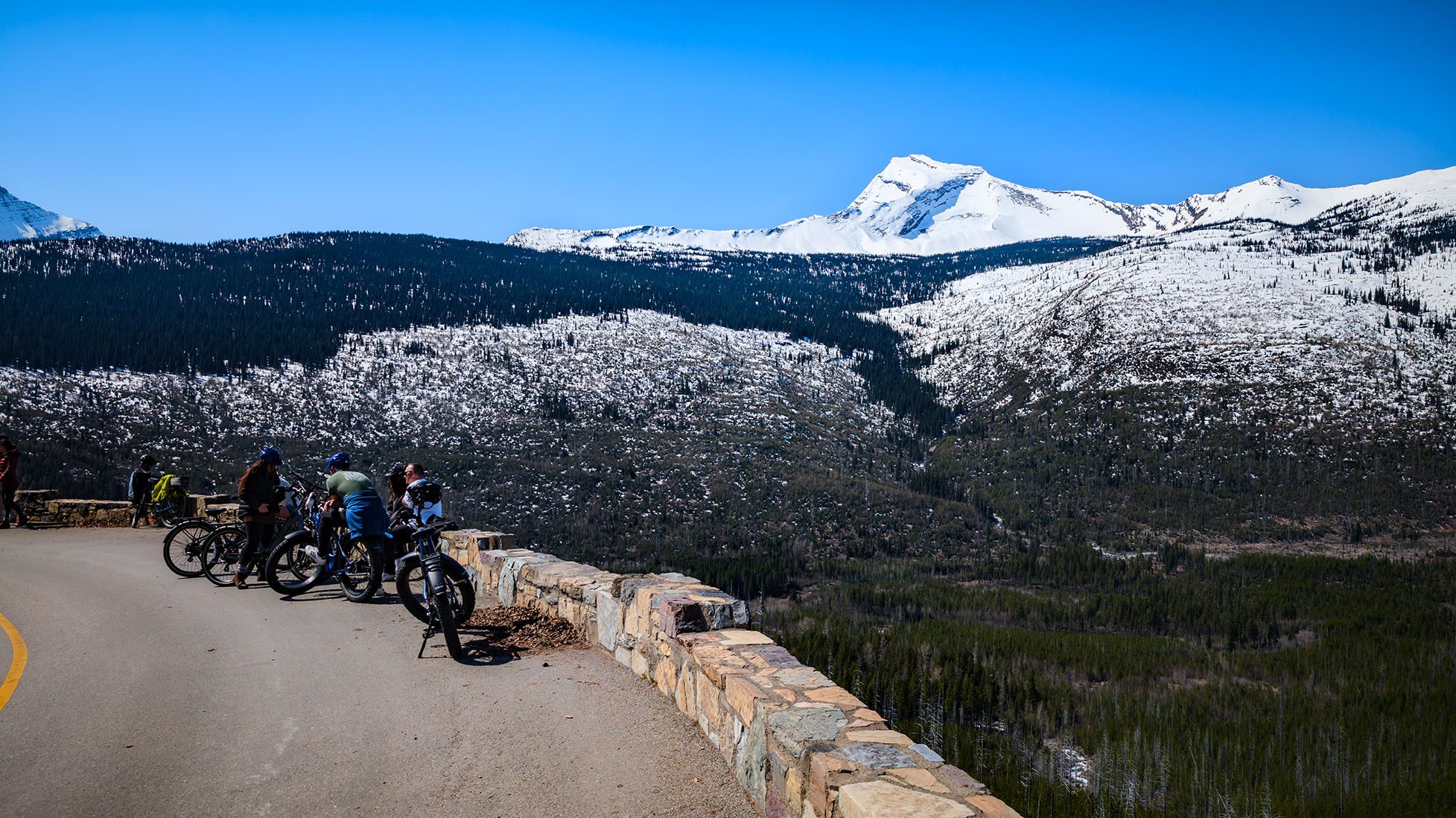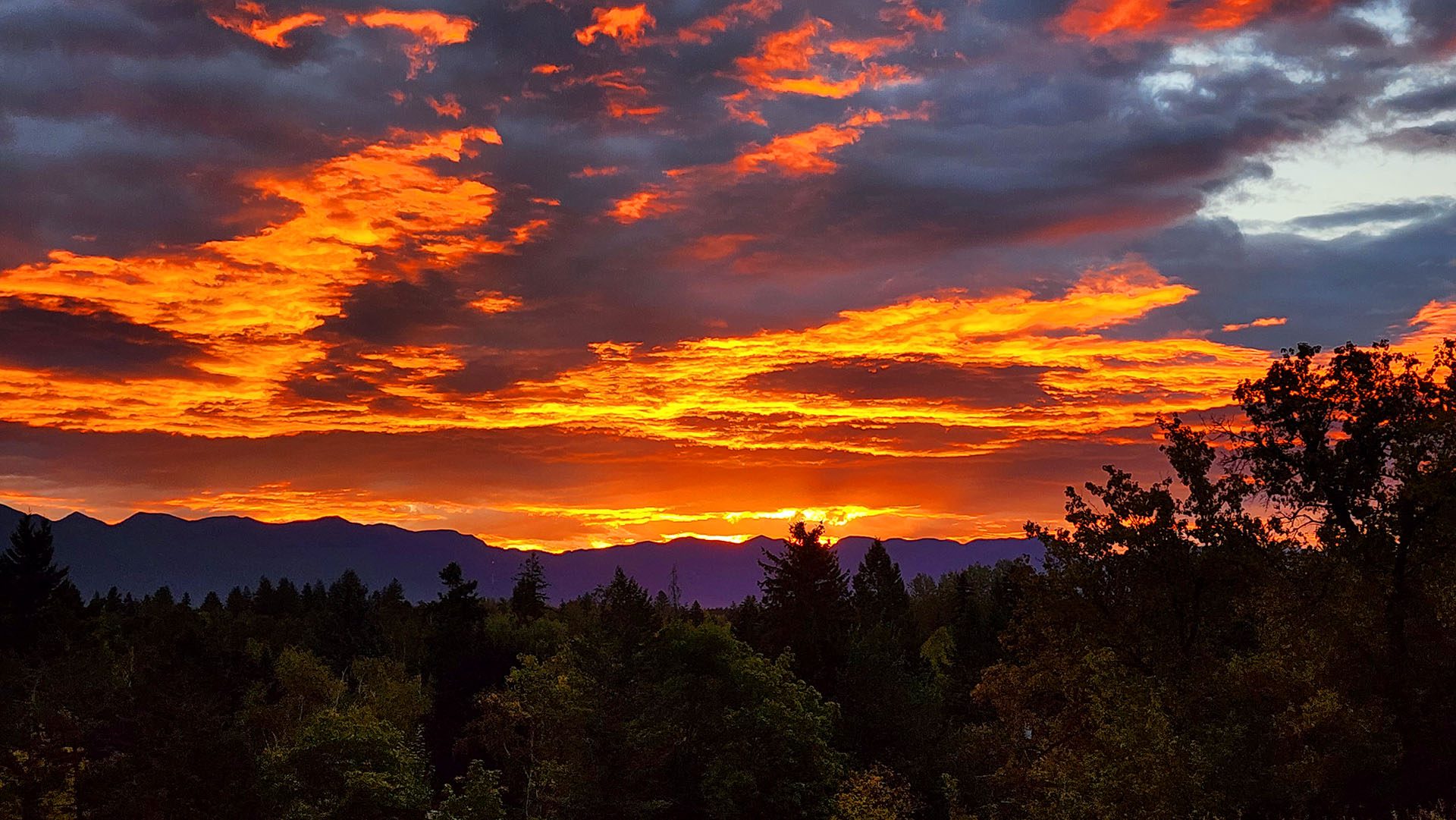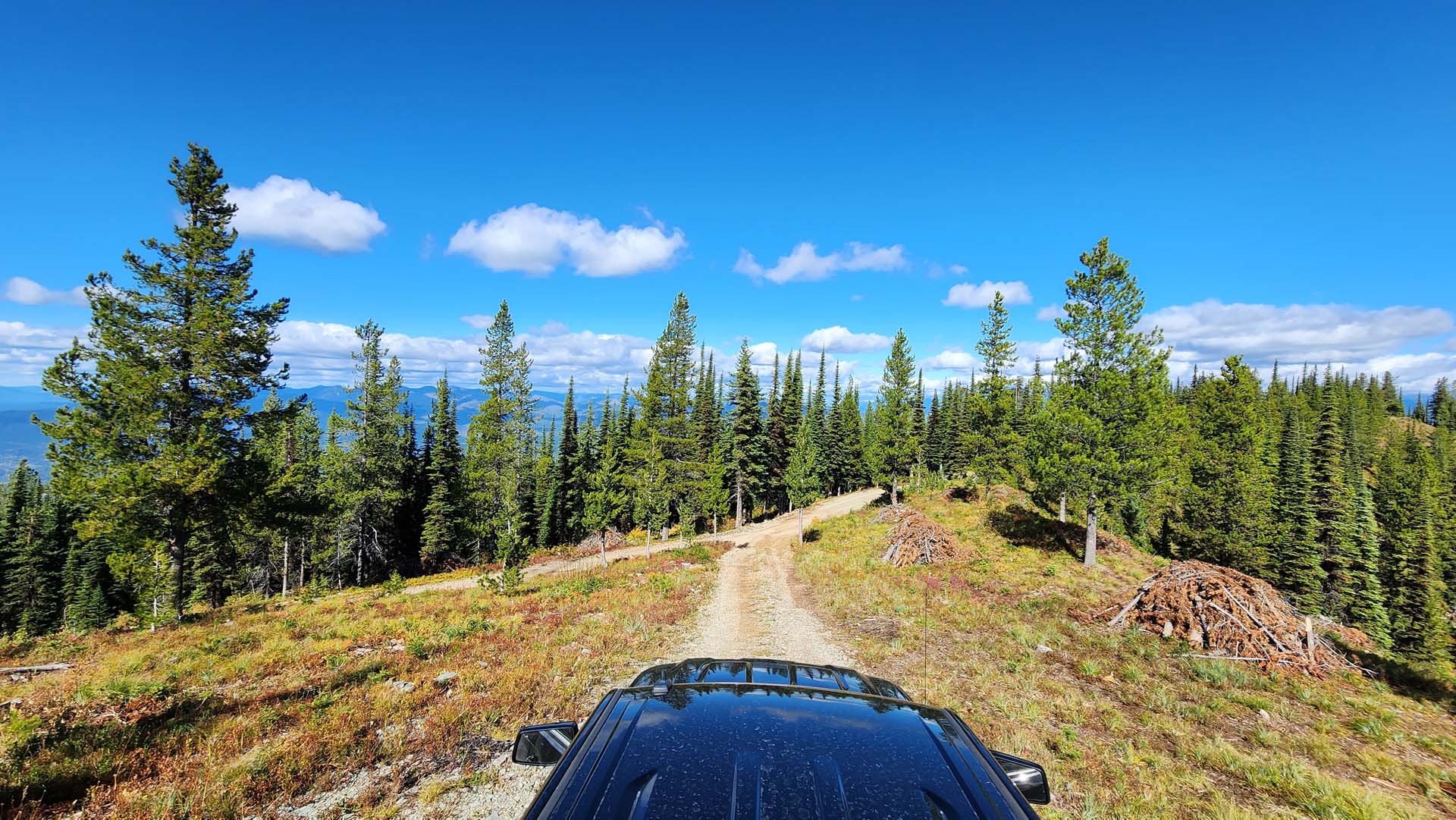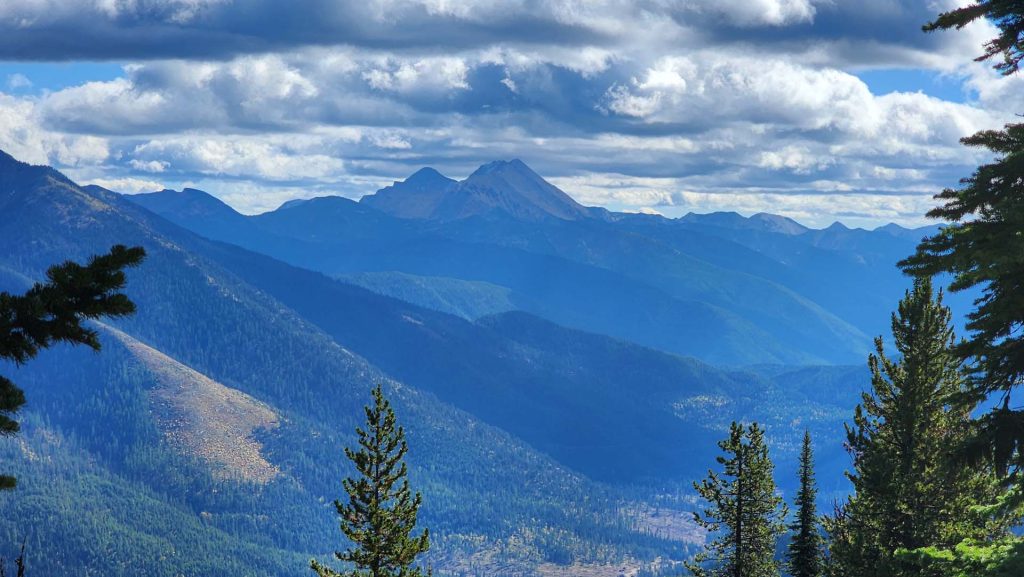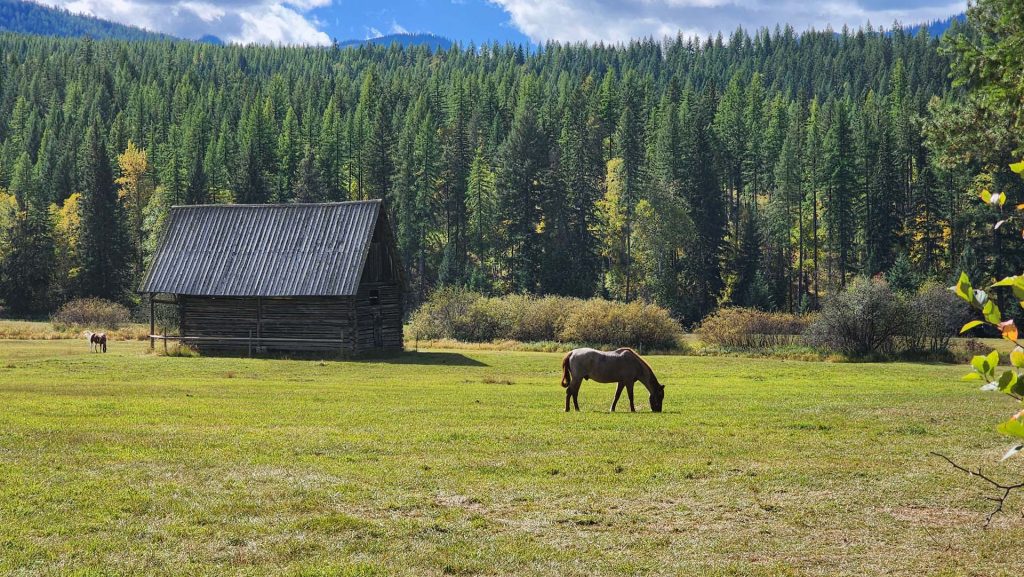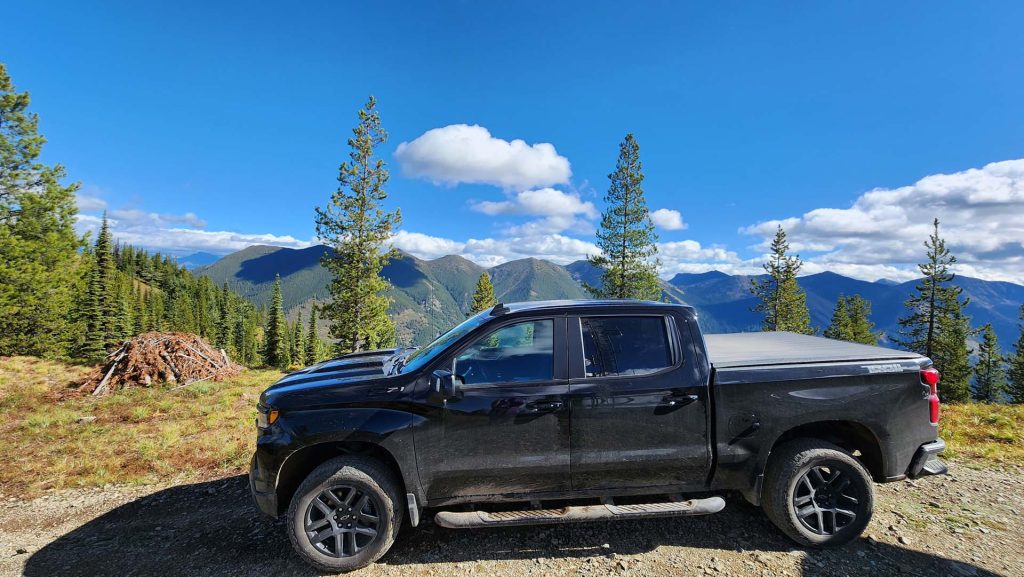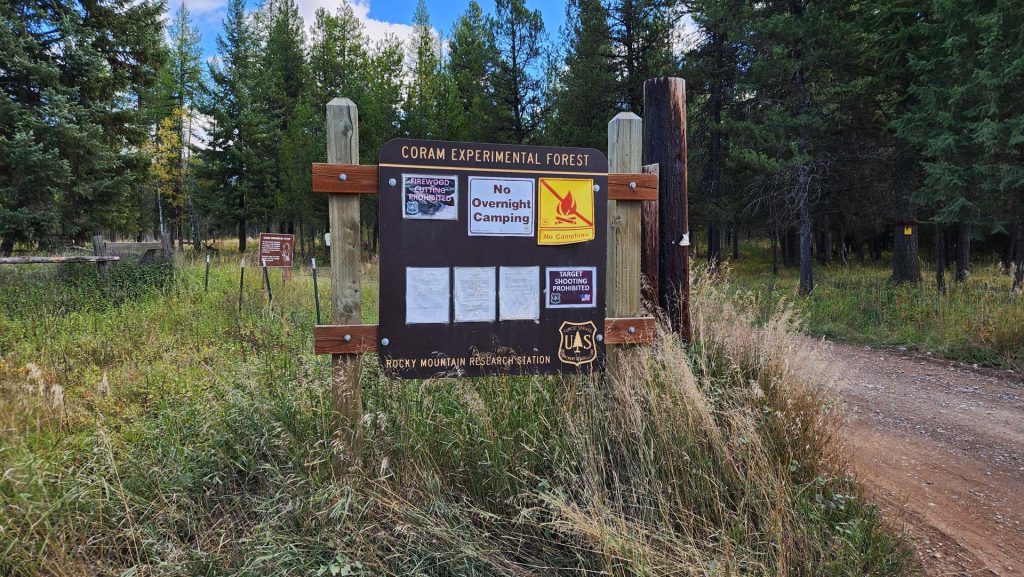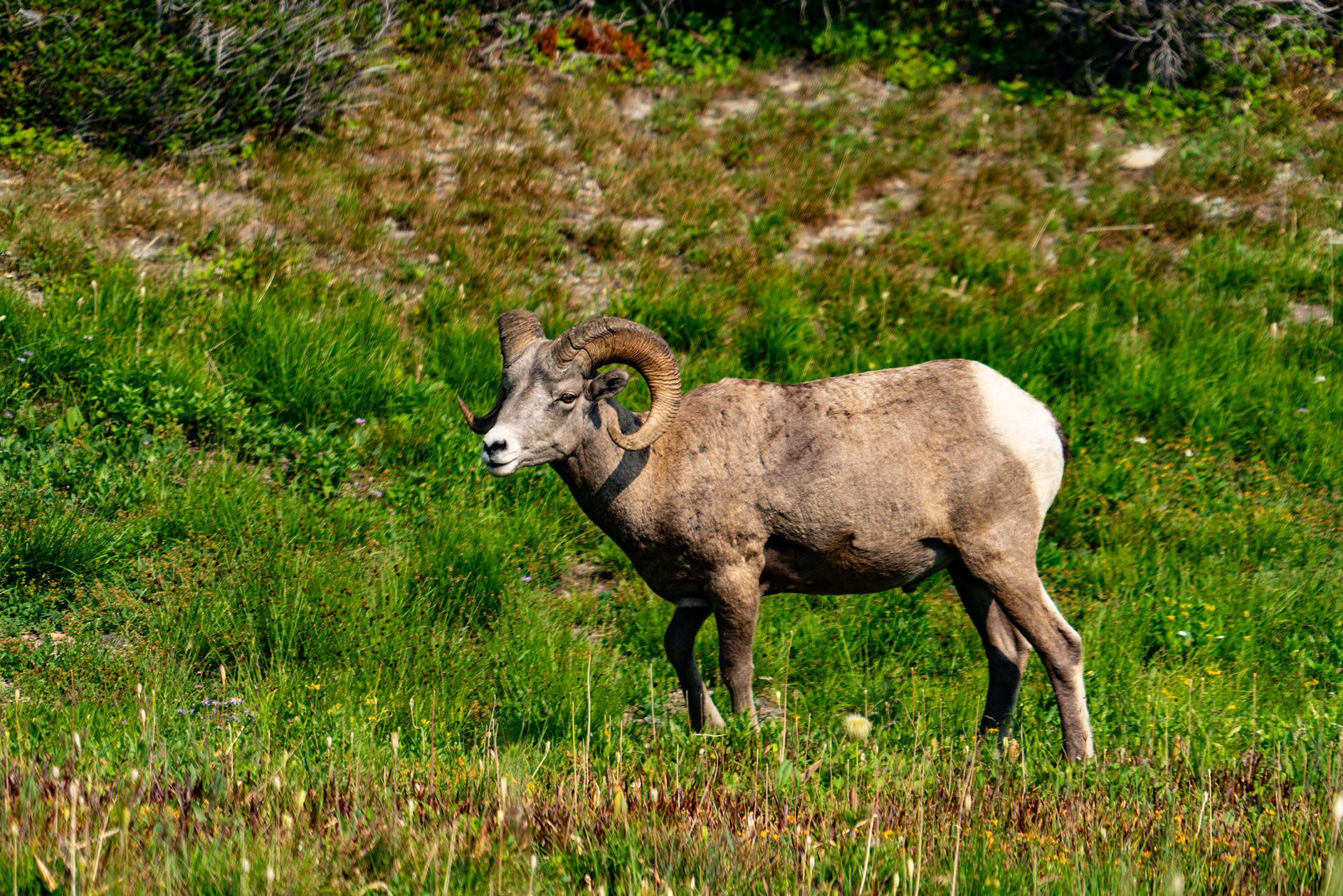Nestled in the remote wilderness of northwestern Montana, Polebridge is a hidden gem that offers a unique blend of history, rustic charm, and unparalleled access to the natural wonders of Glacier National Park. At the heart of this tiny, off-the-grid community lies the iconic Polebridge Mercantile, a century-old establishment that continues to serve as a beacon for adventurers and nature enthusiasts alike. (Polebridge Mercantile and Bakery)
🏔️ A Glimpse into Polebridge’s Past
Established in 1914 by William L. “Bill” Adair, the Polebridge Mercantile has been a cornerstone of the North Fork community for over a century. Originally known as Adair’s, the Mercantile was more than just a store; it was a gathering place for homesteaders and travelers in the rugged Montana frontier. Adair’s wife managed the store while he tended to their homestead, which included growing king-sized cabbages and fishing with a single fly, the Coachman. The Mercantile’s log walls, hand-hewn by Adair himself, still stand today, adorned with the same wallpaper he applied over a hundred years ago.
The community of Polebridge, named after a log bridge that once spanned the North Fork Flathead River, remains largely unchanged, preserving its rustic charm and historical significance. With no electricity or cell service, Polebridge offers a true escape from modern life, allowing visitors to immerse themselves in the tranquility of nature.
🥐 The Polebridge Mercantile: A Culinary Oasis
Today, the Polebridge Mercantile continues to serve as a general store, bakery, and base camp for explorers venturing into Glacier National Park. Renowned for its delectable baked goods, the Mercantile offers an array of treats, including their famous huckleberry bear claws, cinnamon rolls, macaroons, and fresh-baked bread. Visitors can also enjoy deli sandwiches, signature pizzas, and a selection of beverages ranging from Montana microbrews to huckleberry soda.
Adjacent to the Mercantile, the Northern Lights Saloon—once the Adair homestead cabin—provides a cozy spot to relax and savor the flavors of the region. The Mercantile also offers rustic cabin accommodations, allowing guests to extend their stay and fully experience the serenity of the North Fork Valley.
🌲 Nearby Natural Wonders
Glacier National Park
Just a short drive from Polebridge, Glacier National Park boasts over a million acres of pristine wilderness, including rugged mountains, alpine meadows, and over 700 miles of hiking trails. The park’s diverse ecosystems and abundant wildlife make it a paradise for outdoor enthusiasts.
Bowman Lake
Accessible via a 6-mile unpaved road from Polebridge, Bowman Lake is the third-largest lake in Glacier National Park. Its crystal-clear waters are ideal for kayaking, canoeing, and fishing. The surrounding area offers numerous hiking trails and a tranquil campground nestled among the trees.
Kintla Lake
Located in one of the park’s most remote regions, Kintla Lake offers a serene setting for non-motorized boating and fishing. The lake’s secluded campground is rarely crowded, providing a peaceful retreat for those seeking solitude amidst nature’s beauty.
🚶♂️ Outdoor Adventures
The area surrounding Polebridge is a haven for outdoor activities:
Hiking: Explore trails leading to stunning vistas, alpine lakes, and diverse wildlife habitats.
Fishing: Cast a line in the North Fork Flathead River or nearby lakes teeming with trout.
Boating: Paddle through the calm waters of Bowman and Kintla Lakes, surrounded by breathtaking mountain scenery.
Wildlife Viewing: Keep an eye out for bears, moose, and a variety of bird species that inhabit the region.



